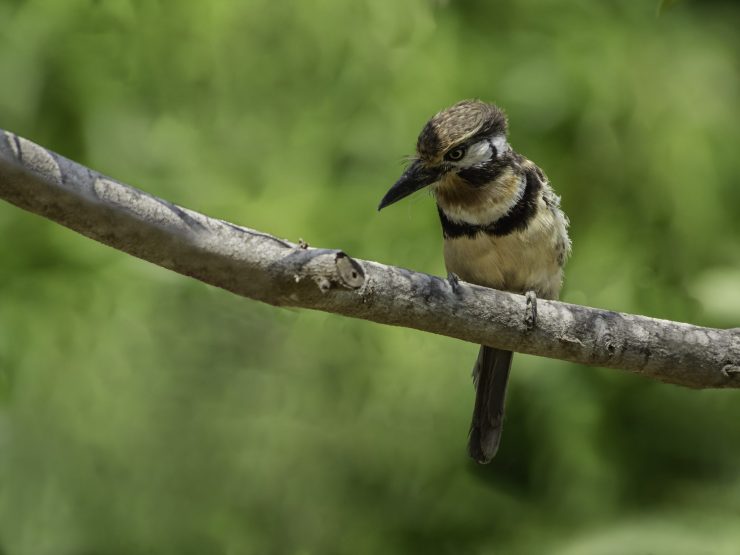Order
Piciformes
Family
Bucconidés
Description
sandály na klínku černé
vagabond tricouri barbati
gucci genser
nike genser
calvin klein ledvinka
rolex de diamantes
kitten heel flip flops black
מבצעים מצעים למיטת תינוק
סרבל לבן טייסים
scott mountainbike
The bobos are one of the most conspicuous and active species. Currently, the taxonomic status of its subspecies is under discussion. Its name Hypnelus derives from the Greek hupnelos = sleepy and the epithet ruficollis means reddish neck and derives from the Latin Rufus = reddish and Collis = neck.
Distribution and habitat
This species is found in northeastern Colombia and northwestern Venezuela. In Colombia, it is distributed up to 1200 m above sea level in the arid part of the Caribbean Coast from the Sinú River eastward to the base of the Sierra Nevada de Santa Marta, the Serranía de Perijá, and south to the lower valley of the Cauca River and the middle valley of the Magdalena River in Antioquia (ruficollis). Also in La Guajira (decolor), east of the Andes in Norte de Santander (coloratus), and north of Meta, Casanare, Arauca, and northeast of Vichada (bicinctus).
Forest: Subtropical/Tropical Dry, Subtropical/Tropical Moist Lowland; Savanna: Dry, Moist; Shrubland: Subtropical/Tropical Dry; Wetlands (inland): Permanent Rivers/Streams/Creeks (includes waterfalls), Permanent Freshwater Lakes (over 8ha); Artificial/Terrestrial: Arable Land
Feeding
In its stomach contents, it was found that 87% corresponded to invertebrates and the remaining 13% to fruits of a single species. Among the prey on which it feeds have been beetles and dragonflies. It remains alone, in pairs, or in loose groups of up to 6 individuals. It remains mainly in the lower stratum of vegetation perched on exposed branches from where it makes short flights to leaves, branches, or the ground to capture its prey.
Breeding
In Colombia, a female was recorded in the month of April in Casanare, males in the reproductive condition in October in the city of Cúcuta, and nests in Santa Marta in May and August.
It nests in cavities inside termite mounds or nests of abandoned horneros (Furnarius).
Lays 3 eggs.
Conservation status
LP Minor Concern
Vocalizing/song
References
https://xeno-canto.org/contributor/XMFDPACYJN?pg=44
https://wikiaves.icesi.edu.co/birds/2834
https://www.oiseaux.net/birds/russet-throated.puffbird.html
https://ebird.org/species/rutpuf1









